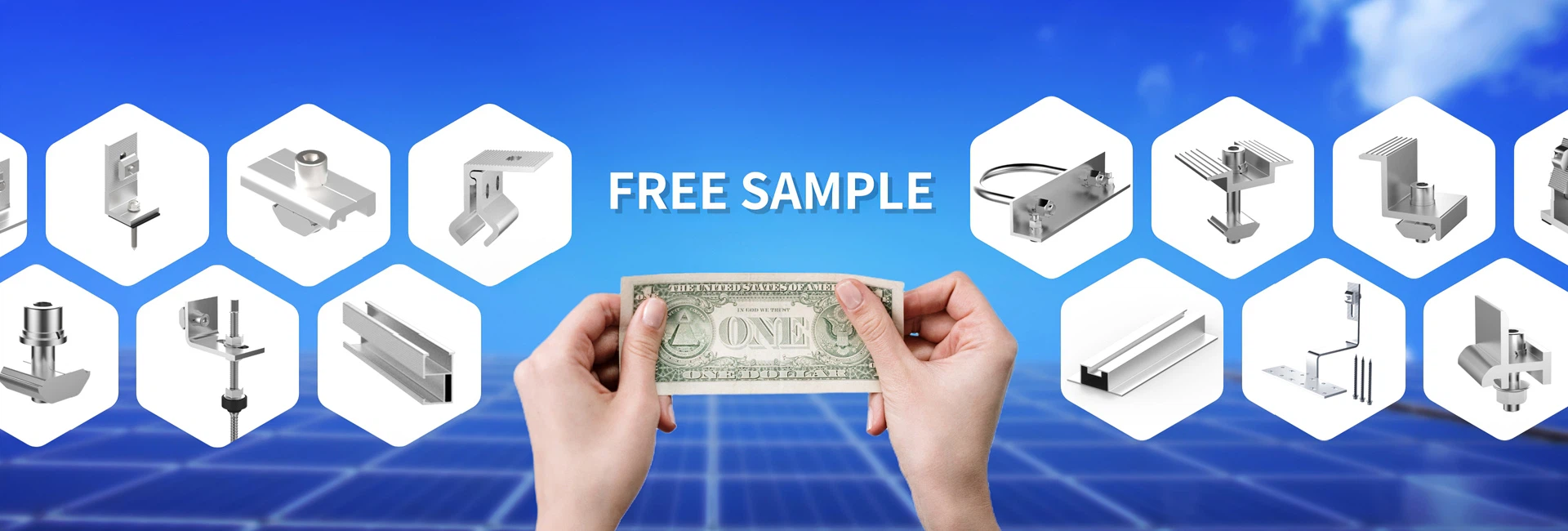Why Zinc-Aluminum-Magnesium C-Type Steel Is Revolutionizing Solar Mounting Systems?
Oct 15, 2025
In a solar power system, the mounting structure is the backbone that supports solar panels. The choice of material for these structures is critical, directly impacting the system's stability, longevity, and overall return on investment. While hot-dip galvanized steel has been the traditional choice, a superior material is gaining widespread adoption: Zinc-Aluminum-Magnesium (ZAM) coated C-Type Steel. This article explores what ZAM C-Type Steel is, its key advantages, and how to select the right specifications for a durable and cost-effective solar project.
1. What is Zinc-Aluminum-Magnesium (ZAM) C-Type Steel?
Zinc-Aluminum-Magnesium C-Type Steel is a cold-formed steel section with a distinctive "C" shape. Its core advantage lies in its advanced metallic coating, a precise alloy of Zinc, Aluminum, and Magnesium. This coating represents a significant upgrade over standard hot-dip galvanized steel.
Aluminum enhances overall corrosion resistance, particularly against atmospheric elements.
Magnesium improves the coating's adhesion and dramatically increases its resistance to cut-edge corrosion, a common failure point.
The synergistic effect of these elements creates a denser, more uniform protective layer that offers far superior performance, especially in harsh environments.
2. Common Specifications for ZAM C-Type Steel Solar Mounting
Selecting the right specification is essential for structural integrity. These C-sections are categorized by their cross-sectional dimensions and thickness to meet various load and environmental demands.
Section Height: Common sizes include 41mm, 51mm, 61mm, and 82mm. A greater height generally increases the section's resistance to bending.
Section Width: Typical widths are 41mm and 50mm.
Flange Width: Usually between 10mm and 15mm, which adds stiffness to the edges of the section.
Thickness: This is the most critical factor for load-bearing capacity. Common thicknesses range from 1.5mm to 3.0mm. Areas with heavy snow or high wind loads require thicker steel.
Length: Typically custom-cut to project needs, with 6 meters being a common standard length.
A full specification is denoted as: Height x Width x Flange Width x Thickness (e.g., 41mm x 41mm x 10mm x 2.0mm).
3. Key Advantages of ZAM vs. Traditional Galvanized Steel
Why is ZAM coating becoming the new gold standard?
Superior Corrosion Resistance: This is the primary benefit. ZAM coating can offer a service life 5 to 10 times longer than standard galvanized steel in identical conditions, drastically reducing maintenance and replacement costs.
Exceptional Self-Healing Property: When the coating is scratched or cut, the Zinc, Aluminum, and Magnesium react with moisture to form a protective layer of corrosion products. This "self-heals" the damaged area, preventing rust from spreading from cut edges-a vital feature for structures assembled on-site.
Enhanced Mechanical Properties: The coating has better adhesion and is more flexible, reducing the risk of cracking or peeling during the cold-forming process and transportation.
Improved Lifecycle Cost-Effectiveness: While the initial cost may be slightly higher, the dramatically extended service life and minimal maintenance make ZAM a more economical choice over the system's entire lifespan, often matching the 25+ year lifespan of the solar panels themselves.
4. How to Choose the Right Specs for Your Solar Project
The "best" specification is the one that safely and efficiently meets your project's specific engineering requirements.
Local Climate & Loads: The design must account for local wind load and snow load data, typically based on 50-year recurrence intervals.
Installation Site: Is it a flat commercial roof, sloped residential roof, or open ground? Each foundation type imposes different stresses on the structure.
Panel Configuration: The size, weight, and tilt angle of the solar panels determine the load distribution on the mounting system.
Cost Optimization: Work with your supplier or engineer to select a specification that meets safety factors without over-engineering, thus controlling material costs.

5. Installation & Construction Best Practices
Proper installation is crucial to realizing the full benefits of ZAM steel.
Post-Cutting Treatment: Although ZAM has self-healing properties, applying a zinc-rich paint to any freshly cut edges or drill holes provides an extra layer of protection for maximum longevity.
Compatible Components: All bolts, nuts, and clamps must be made of corrosion-resistant materials like stainless steel or hot-dip galvanized steel to prevent premature failure of the connections.
Proper Torquing: Use a torque wrench to fasten bolts to the manufacturer's specifications. Overtightening can damage the section and its coating.
Secure Foundations: Ensure all ground anchors or roof attachments are robust and correctly installed to transfer all loads safely to the ground or building structure.
6. Frequently Asked Questions (FAQ)
Q: How much more expensive is ZAM C-Steel compared to standard galvanized?
A: The premium varies with market conditions and coating weight, but it is generally a small percentage. This marginal upfront cost is far outweighed by its superior longevity and reduced risk of costly repairs or replacements.
Q: How can I identify high-quality ZAM C-Type Steel?
A:Visual Check: The surface should be uniform, smooth, and have a consistent grey-white appearance with a fine spangle pattern.
Material Certificates: Request mill certificates to verify the chemical composition (e.g., ZAM coating class) and coating thickness.
Supplier Reputation: Source from reputable suppliers with a proven track record and positive customer testimonials.
Q: What is the expected service life of a ZAM solar mounting system?
A: With a sufficient coating weight (e.g., 180-275 g/m²), a ZAM structure is designed to last for several decades, easily matching the 25-30 year warranty period of modern solar panels, even in moderately corrosive environments.







